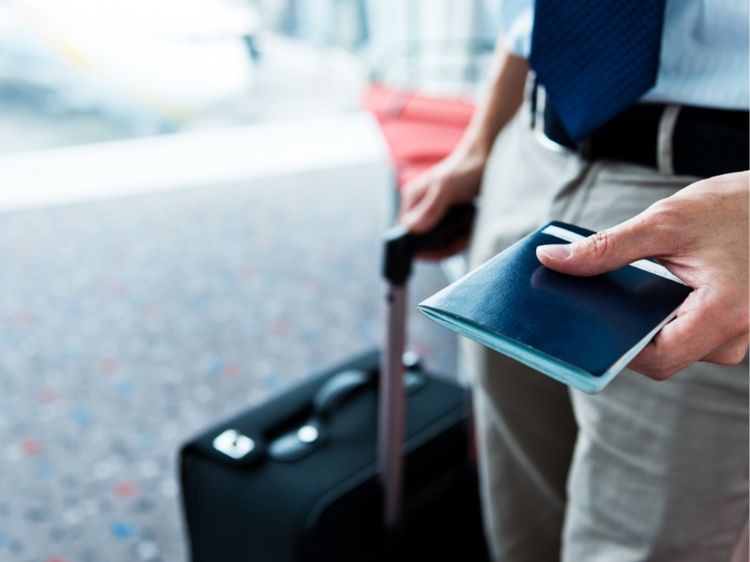Traveling is an exciting adventure, but it’s not without its risks. Whether you’re jetting off to exotic locales or road-tripping across your country, staying informed with a travel advisory can make all the difference. But what exactly is a travel advisory? Why should you pay attention to it? Well, buckle up—we’re about to unpack everything you need to know about travel advisories, so you can hit the road (or the skies) worry-free.
What is a Travel Advisory?
At its core, a travel advisory is a government-issued notice that provides information about potential risks or concerns in a specific destination. These advisories help travelers make informed decisions about their plans, covering issues like:
- Health risks: Diseases, pandemics, or poor healthcare infrastructure.
- Political unrest: Protests, riots, or unstable governments.
- Natural disasters: Earthquakes, hurricanes, or floods.
- Security threats: Terrorism, crime rates, or scams targeting tourists.
Travel advisories aren’t meant to scare you but to prepare you. Think of them as your guide to avoiding unnecessary risks and staying safe while exploring new places.
Levels of Travel Advisories
Not all travel advisories are created equal. Governments typically classify them into levels, helping you gauge the severity of potential risks:
- Exercise Normal Precautions
This is the all-clear signal. The destination poses no significant risks beyond standard safety measures. - Exercise Increased Caution
Minor risks exist—perhaps petty crime or political protests—but they can be mitigated with extra awareness. - Reconsider Travel
Risks in this destination are significant. You should think twice before heading there unless it’s absolutely necessary. - Do Not Travel
The highest warning level, indicating severe threats to safety. These destinations should be avoided altogether.
How to Check Travel Advisories
Checking a travel advisory is as easy as pie. Most governments provide real-time updates online, often through their foreign affairs or state department websites. Here’s where to look:
- United States: travel.state.gov
- United Kingdom: gov.uk/foreign-travel-advice
- Canada: travel.gc.ca
- Australia: smartraveller.gov.au
Keep an eye on updates before booking your trip and again closer to your departure date.
Why You Should Always Follow a Travel Advisory
Ignoring a travel advisory can lead to unpleasant, even dangerous situations. Here’s why you should always heed them:
1. Health and Safety
Advisories often include health alerts like COVID-19 outbreaks, malaria risks, or vaccination requirements. Staying informed protects your well-being.
2. Financial Implications
If you travel to a high-risk area despite warnings, your travel insurance might not cover you. That’s a cost you don’t want to bear!
3. Legal Issues
Some advisories highlight local laws that may catch tourists off guard. For example, chewing gum is illegal in Singapore, and ignorance won’t get you off the hook.
4. Avoiding Scams
Tourist-targeted scams are often detailed in travel advisories. Being forewarned is being forearmed.
How to Stay Safe While Traveling
Advisory or not, safety should always come first. Here are some practical tips to keep you out of harm’s way:
- Research Your Destination
Learn about local customs, laws, and potential risks before arriving. - Keep Copies of Important Documents
Store digital and physical copies of your passport, ID, and travel insurance. - Register with Your Embassy
Many countries allow citizens to register their trip, so the embassy knows where to find you in emergencies. - Stay Connected
Always have a working phone or internet connection for emergencies. - Blend In
Avoid flashy clothing or accessories that scream “tourist.”
Common Travel Advisory Misconceptions
Let’s clear up some myths surrounding travel advisories:
- Myth 1: “Advisories are overly cautious.”
While it’s true that some advisories err on the side of caution, they’re based on credible information and should be taken seriously. - Myth 2: “Travel advisories only apply to extreme cases.”
Nope! Even Level 2 advisories can signal potential issues worth preparing for. - Myth 3: “If there’s no advisory, it’s completely safe.”
Just because there’s no advisory doesn’t mean risks don’t exist. Always stay vigilant.
FAQs About Travel Advisories
What should I do if my destination has a travel advisory?
First, assess the level of the advisory. If it’s Level 3 or 4, reconsider your plans. If you still decide to travel, take extra precautions like purchasing comprehensive insurance and registering with your embassy.
Are travel advisories legally binding?
No, they’re recommendations, not mandates. However, ignoring them can have financial and safety repercussions.
Can I still get travel insurance for a destination under advisory?
It depends. Some policies exclude coverage for high-risk areas, so check with your provider beforehand.
How often do travel advisories change?
Advisories can change rapidly based on current events. Always check for updates before and during your trip.
Are travel advisories the same worldwide?
No, each country assesses risks differently. It’s wise to consult multiple sources for a balanced perspective.
Conclusion
Traveling is one of life’s greatest joys, but it comes with responsibilities. Staying informed through a reliable travel advisory ensures you’re prepared for whatever comes your way. Whether it’s avoiding health risks or navigating cultural nuances, these advisories are your ticket to smarter, safer adventures.
Remember, it’s better to be safe than sorry. So, the next time you’re planning a trip, don’t skip the travel advisory—it might just save your vacation!
Authoritative Links
- travel.state.gov
- gov.uk/foreign-travel-advice
- travel.gc.ca
- smartraveller.gov.au

